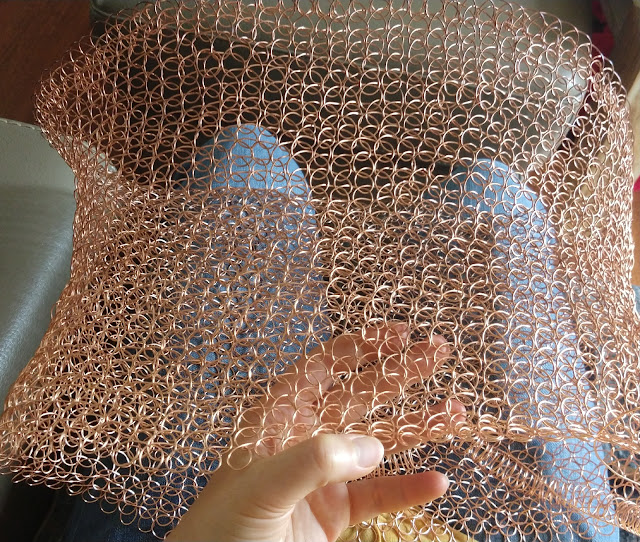https://www.bbc.co.uk/iplayer/episode/p013h27r/barbara-hepworth Hepworth wanted to open up sculpture to involve the viewer. Her technique of working directly on the material allowed her more freedom to intuitively approach the material. She is referring and interpreting nature (see and rocks) without mimicking it and increasingly using the abstraction to depict her feelings through those shapes. Hepworth also projected her feelings about human relationships, especially between mother and child. A process of gradual abstraction is very prominent in these pieces of hers. Barbara Hepworth wanted her sculpture not only to be looked at, but experienced. Hepworth encouraged people to touch her work, Therefore, she put great consideration into the tactile properties of her sculptures, be it immaculately smooth, polished or coarsely marked by her tools. The pierced form became a revolutionary almost trademark feature which allowed the sculpture to integrate more into the surrounding...






